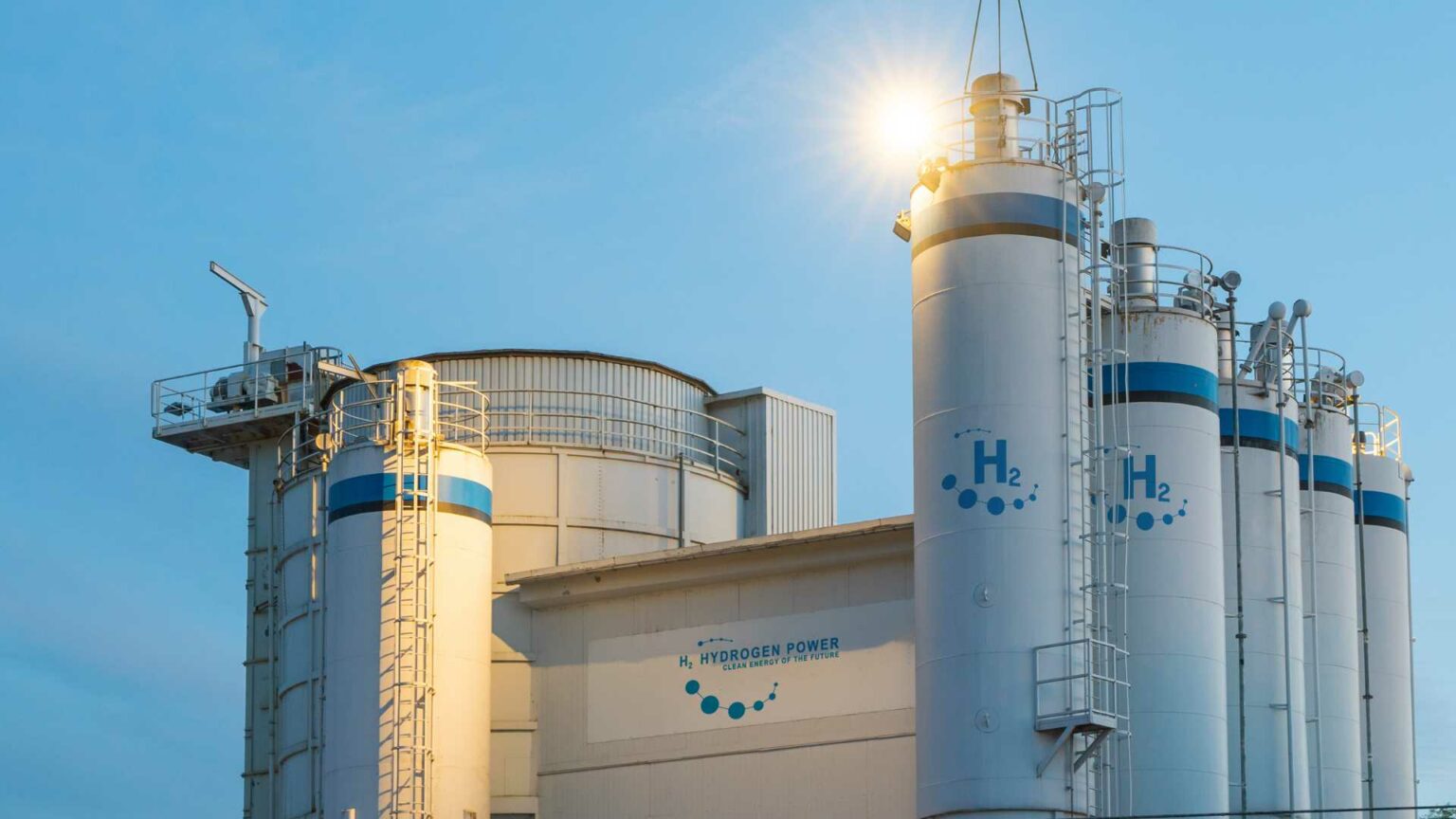Hydrogen as a clean energy carrier has gained significant traction in the quest for sustainable energy solutions. A recent publication, “Numerical analysis of hydrogen storage in lined rock cavern under high pressure and its implications to hydrogen embrittlement,” provides pivotal insights into one of the most pressing challenges in hydrogen storage: hydrogen embrittlement.
Context and Relevance
The ability to efficiently store hydrogen is crucial for the feasibility of a hydrogen-based energy infrastructure. Lined rock caverns (LRCs) present a promising solution for large-scale hydrogen storage. However, the high-pressure environment for such storage poses risks, including hydrogen embrittlement of the storage materials. This research by Sun, Wu, Fager, and Crouse offers a deeper understanding of how hydrogen behaves under these conditions, presenting data that could enhance storage safety and efficiency.
Main Findings
The study utilized numerical methods to simulate hydrogen storage in LRCs under high pressure. Major findings include:
– Identification of stress distributions within the rock and lining materials.
– Detailed mapping of potential zones susceptible to hydrogen embrittlement.
– Insights into the interplay between hydrogen diffusion and material degradation over time.
Potential Applications
Understanding the stress and susceptibility of materials to hydrogen embrittlement under high-pressure conditions has several applications:
– Design Improvements: This research can inform the design of more robust linings for LRCs, potentially incorporating materials that mitigate the risk of hydrogen embrittlement.
– Safety Protocols: Enhanced predictive models for material degradation could lead to stricter safety margins and maintenance schedules.
– Cost Efficiency: Improved storage techniques may reduce the overall costs associated with hydrogen storage infrastructure.
Technical Details
The simulation incorporated advanced computational models to analyze the interaction between hydrogen gas and storage materials. These models accounted for:
– The mechanical properties of the lining and rock materials.
– The diffusion characteristics of hydrogen under high pressure.
– The impact of sustained high pressure on material integrity.
Key Takeaways
– The study highlights the critical areas within LRCs prone to hydrogen embrittlement.
– Numerical simulations provide a predictive capability to design safer hydrogen storage solutions.
– The findings have significant implications for the safety and cost-efficiency of hydrogen storage, impacting the broader hydrogen market.
